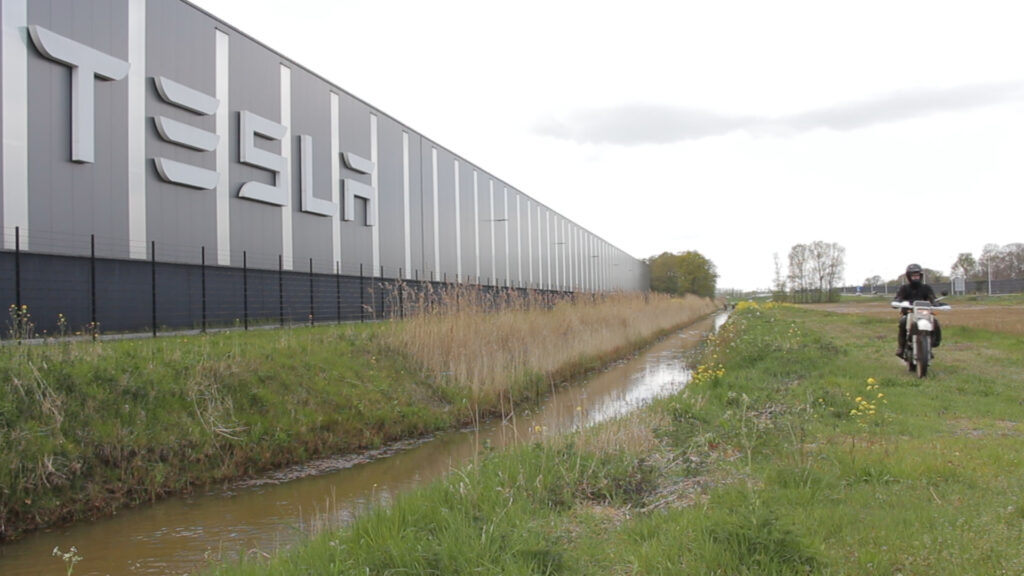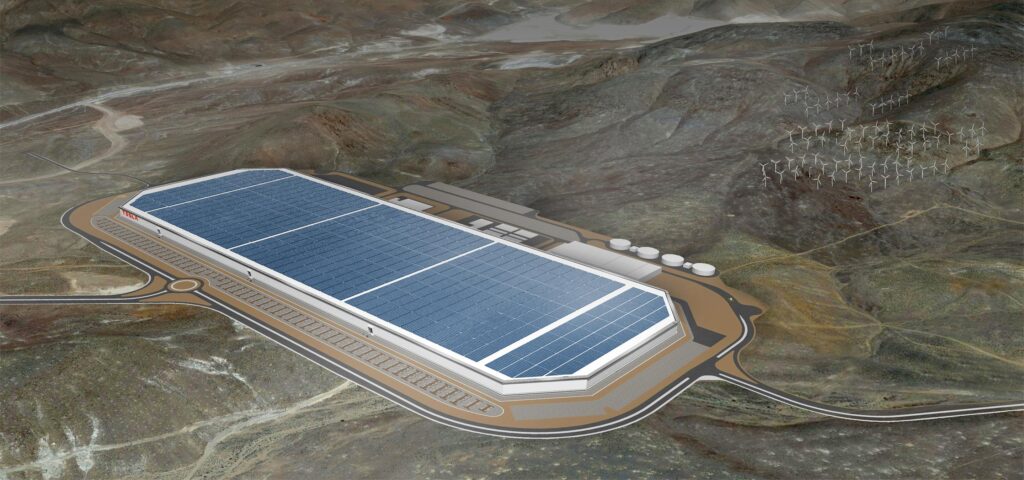Electrical vehicles
The first ‘’desirable’’ electric car available on the market. It has the performance of a supercar, the looks of an executive Mercedes, decent range, and no combustion engine. A sustainable car if we listen to the promise it makes: lay rubber where your carbon footprint used to be. All the comfort, no catch. But as we all, deep down, already know, nothing could be less true. In the words of Buckminster Fuller: ‘Because yesterday’s negatives are moved out of sight from their familiar locations many persons are willing to pretend to themselves that the problems have been solved’.*

This car is a complete denial of the political, economical, and cultural implications of our technologies. No single product’s implications stay local, they will always ripple out and affect people you may never see or know in your whole lifetime. ‘It’s always easy to believe in technology to save you when you belong to a class and society that will directly get to reap its benefits in the end’.** A ‘’sustainable’’ car that is loaded with technology, touch screens, game consoles and electrical gizmos will never be sustainable within the grand scheme of things.

The batteries driving the Tesla are composed of many different metals and chemicals, one of these metals being lithium. Lithium needs to be mined and extracted from the ground, which in itself is already a very damaging process that goes hand in hand with deforestation and slavery. Looking at the amount of lithium needed to build enough Tesla’s to replace all of our 1.3 billion combustion vehicles, we need about 89 billion tonnes, while our total estimated supply is about 62 billion tonnes.*** This doesn’t even count in batteries needed for our laptops, phones, or the massive amounts needed to build our sustainable energy grid storage facilities in the future.
And what about the implications of recycling the batteries, which is at the moment of writing still no possibility. The lifespan of one of these batteries is around seven years, a bit less than half of a combustion car’s average lifespan before it ends up at the scrapyard. Then the process of extraction and production starts again.
Of course, one could state that it is at least better than its counterpart, and I do not disagree with that. However, I do think we should all realize that what this product is doing is just postponing our current problems to a later date. Following Tesla’s goals, if they somehow would be able to keep their schedules and build 500.000 batteries a year, we will run out of lithium within 16 years, looking at the lifespan of the batteries. The fact that there is no oil involved in driving this car, doesn’t mean that we can pretend that issues of over-extraction and consumption are gone.
* Buckminster Fuller, Operating Manual for Spaceship Earth
** https://medium.com/a-parede/questioning-the-critical-in-speculative-critical-design-5a355cac2ca4
*** http://www.hackaday.com/2020/11/30/lithium-what-is-it-and-do-we-have-enough/
